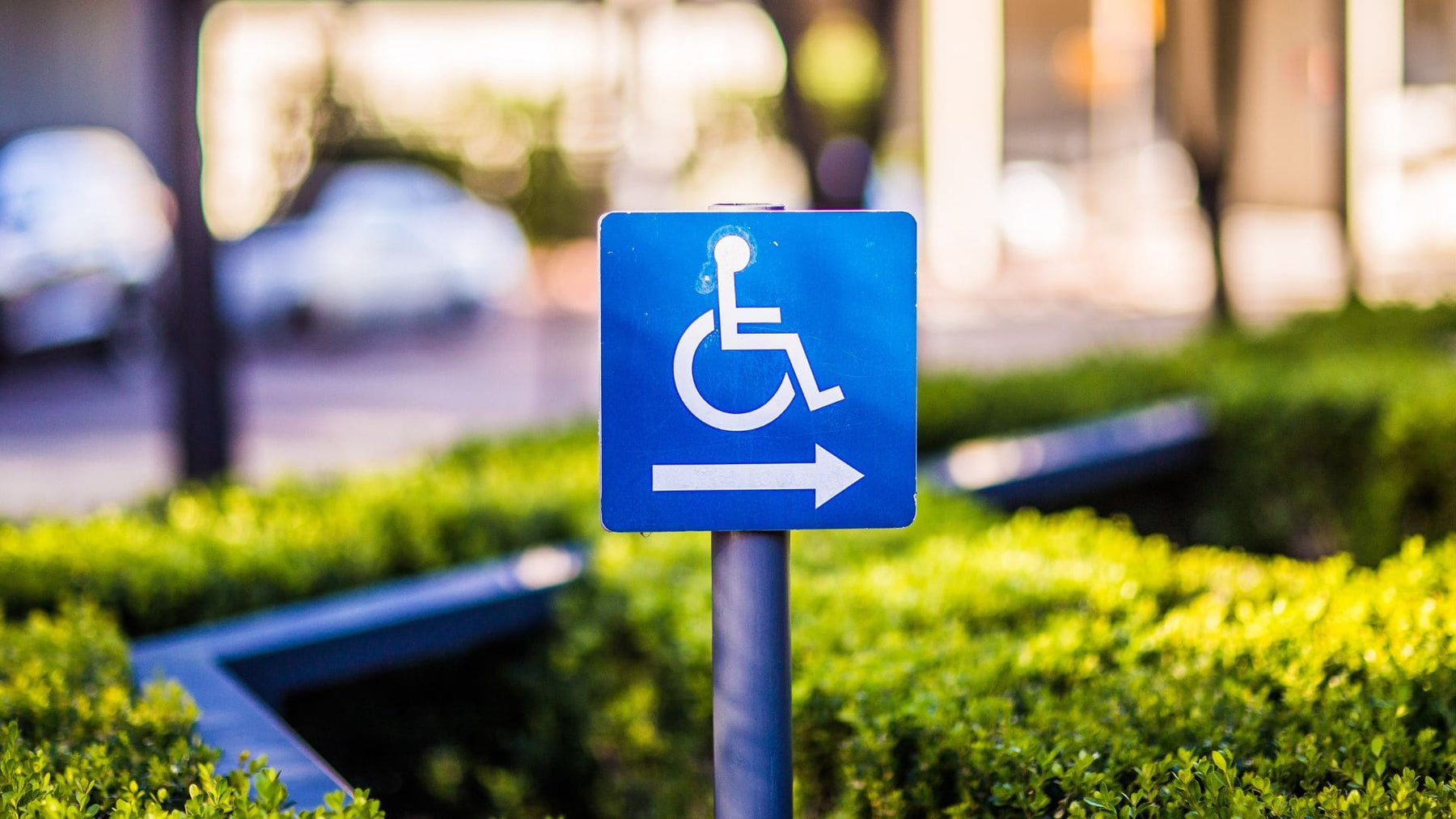
Wheelchair Accessible Travel Is Booming—Here’s How to Prepare Your Rental
Travel is no longer one-size-fits-all—and that’s a good thing. As inclusive travel gains momentum, more Airbnb and VRBO hosts are realizing the importance of designing spaces that work for every kind of traveler. One of the most overlooked opportunities? Making your property wheelchair accessible.
Whether it’s a solo traveler, a family member with mobility needs, or someone recovering from surgery, guests are actively seeking listings that prioritize comfort and ease of movement. If your space is easy to navigate and thoughtfully equipped, you're not just checking a box—you’re opening the door to a growing market of loyal, appreciative guests.
Understand the Needs of Wheelchair Users
Before diving into design, it’s important to understand the daily challenges wheelchair users face when traveling. Narrow doorways, inaccessible bathrooms, high thresholds, and steep paths can quickly turn a dream trip into a frustrating experience. Mobility-friendly travel should feel seamless—not like a workaround.
Many hosts may not realize how difficult basic tasks can become without proper accessibility. From navigating a narrow hallway to using a non-adjustable bed, the absence of thoughtful features can impact how welcomed a guest feels. Understanding these nuances isn’t just about design — it’s about empathy and inclusion.
A wheelchair accessible Airbnb doesn’t have to look sterile or clinical. Instead, it should offer intuitive ease of use, clear pathways, and thoughtful design touches that support independence and dignity.
What Makes a Rental Wheelchair Accessible?
There’s no universal checklist, but most accessible vacation rentals share these core features:
- A flat entry or ramped access with no steps
- Wide doorways (at least 32 inches)
- Barrier-free hallways and open floor plans
- A roll-in or curbless shower with grab bars
- A toilet with side clearance and support bars
- Lowered counters or accessible kitchen setups
-
Ample turning space in rooms (typically 5 feet in diameter)
You don’t need all of these to appeal to mobility-conscious travelers. But the more you incorporate, the better positioned you are to attract and retain guests who need them.
ADA Compliance vs. Practical Accessibility
If you're in the U.S., you've probably heard of ADA (Americans with Disabilities Act) guidelines. While short-term rentals aren’t always required to meet full ADA standards, aligning your design with these principles can still be a great benchmark.
That said, don’t get stuck in the legal weeds. Many guests are simply looking for function over formality. For instance, a non-slip shower chair and handheld sprayer can offer huge value without needing a full bathroom renovation.
Small Upgrades, Big Impact
You don’t have to start from scratch. Here are a few practical upgrades you can make quickly:
- Install a portable or semi-permanent ramp
- Use lever-style door handles instead of knobs
- Add rubber threshold ramps between rooms
- Replace deep rugs or uneven flooring with flat, firm surfaces
- Install grab bars in showers and near toilets
-
Swap out pedestal sinks for under-sink clearance
Another impactful yet inexpensive improvement is updating your welcome binder to include emergency contacts, local accessible transportation options, and nearby medical facilities. It shows that you’re anticipating the needs of your guests and going the extra mile in hospitality.
Outdoor Spaces Matter Too
Many guests book vacation rentals specifically for their outdoor space. If your patio, porch, or garden is part of your appeal, make sure it’s accessible too.
- Use smooth pathways and ground-level patios
- Add motion-sensor lighting for safe nighttime navigation
- Offer accessible seating and shaded areas
-
Include a stable outdoor table with clearance for a wheelchair underneath
These thoughtful touches ensure your entire listing—not just the interior—feels inclusive and usable.
Market Your Wheelchair Friendly Airbnb the Right Way
Once your space is ready, make sure guests know about it. Use your listing title, description, and photos to highlight specific accessibility features.
Instead of generic phrases like “wheelchair accessible,” include details like:
- “Step-free entrance and roll-in shower”
- “Extra-wide doorways and no stairs”
-
“Accessible patio and level flooring throughout”
Include photos of these features, if possible. Not only does this build trust, but it reduces last-minute cancellations or uncomfortable surprises.
Beyond your listing, consider updating your property’s social media pages or rental website to include blog posts or testimonials that highlight your commitment to accessibility. This positions your rental as a leader in inclusive hospitality — something that resonates strongly with today’s conscious travelers.
Products That Help
If you're ready to go a step further, consider investing in simple products that improve accessibility:
- Portable ramps or threshold covers
- ADA-compliant toilet risers and handrails
- Outdoor seating with arm support and easy entry
- Handheld shower heads and anti-slip mats
-
Smart locks or keypads for easier entry
These are affordable ways to enhance your guest experience and demonstrate genuine care.
Final Thoughts: Inclusion Is Good Business
Making your rental more wheelchair accessible isn’t just a nice thing to do—it’s smart business. Travelers with mobility needs are loyal, tend to stay longer, and often travel with companions, which means more potential bookings. And in a competitive short-term rental market, accessibility can be the differentiator that sets your listing apart.
So if you want to grow your guest base, improve your reviews, and create a space that truly feels like home for every traveler, start with accessibility. It’s not just the future of travel—it’s the now.

